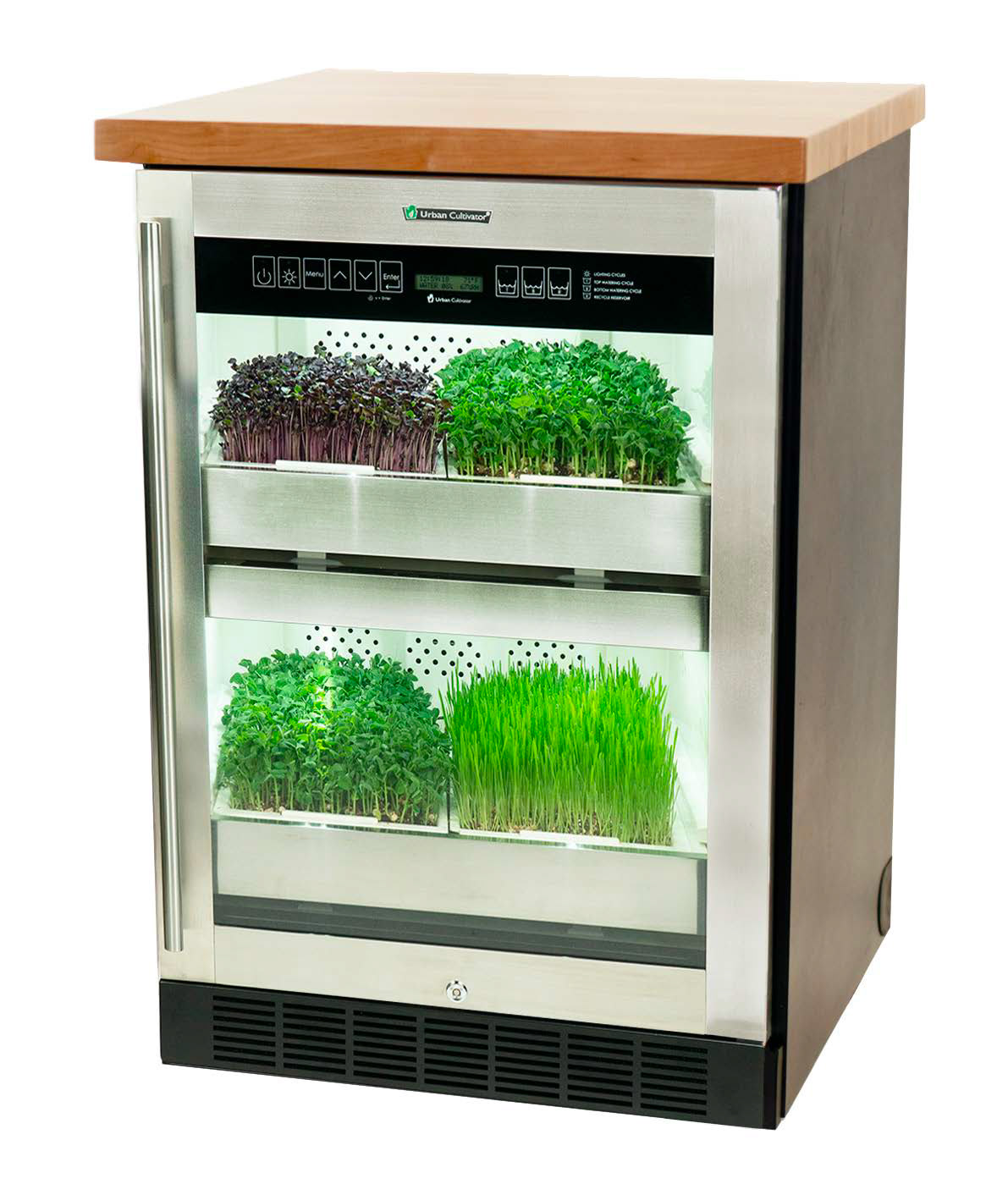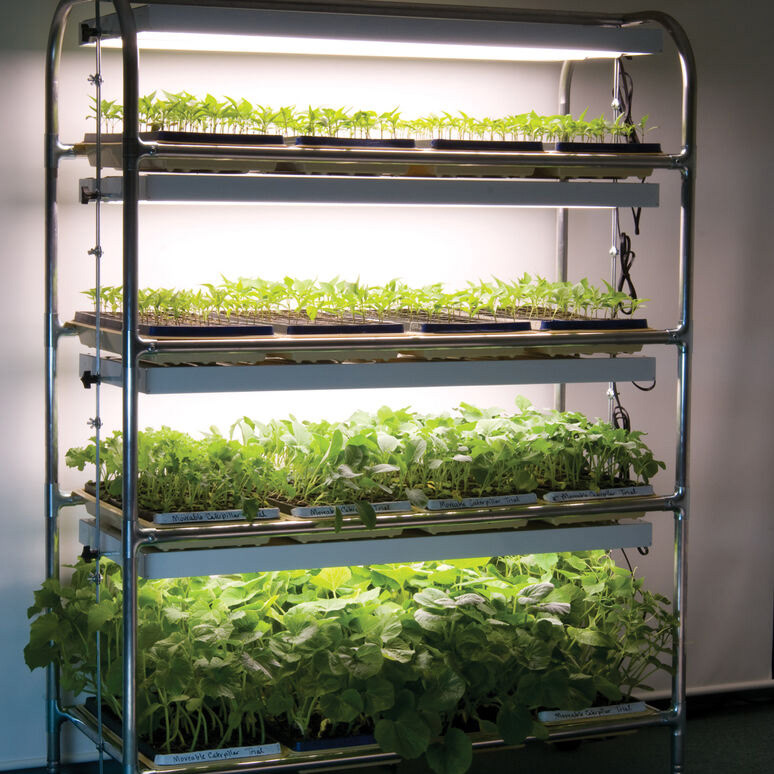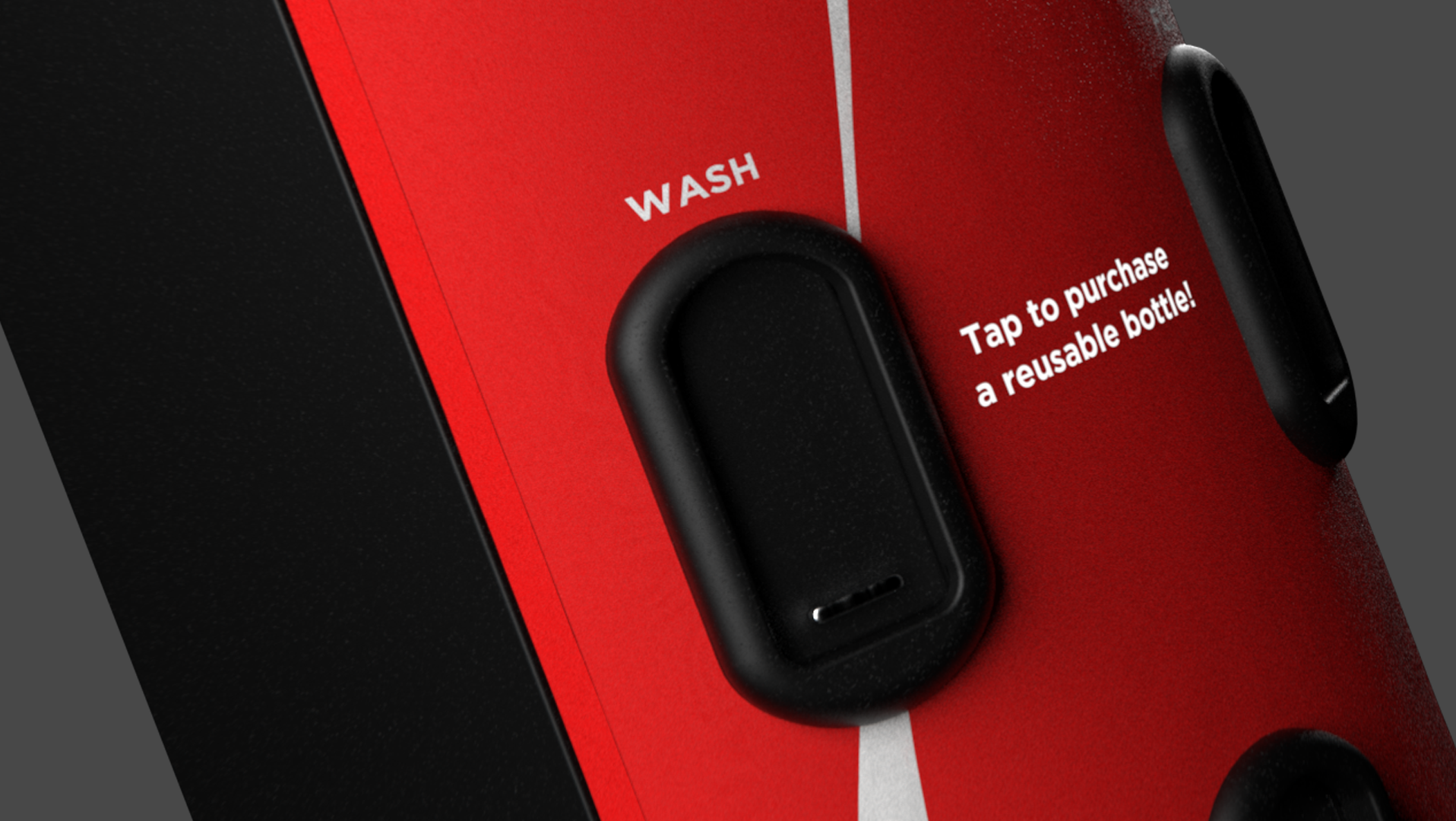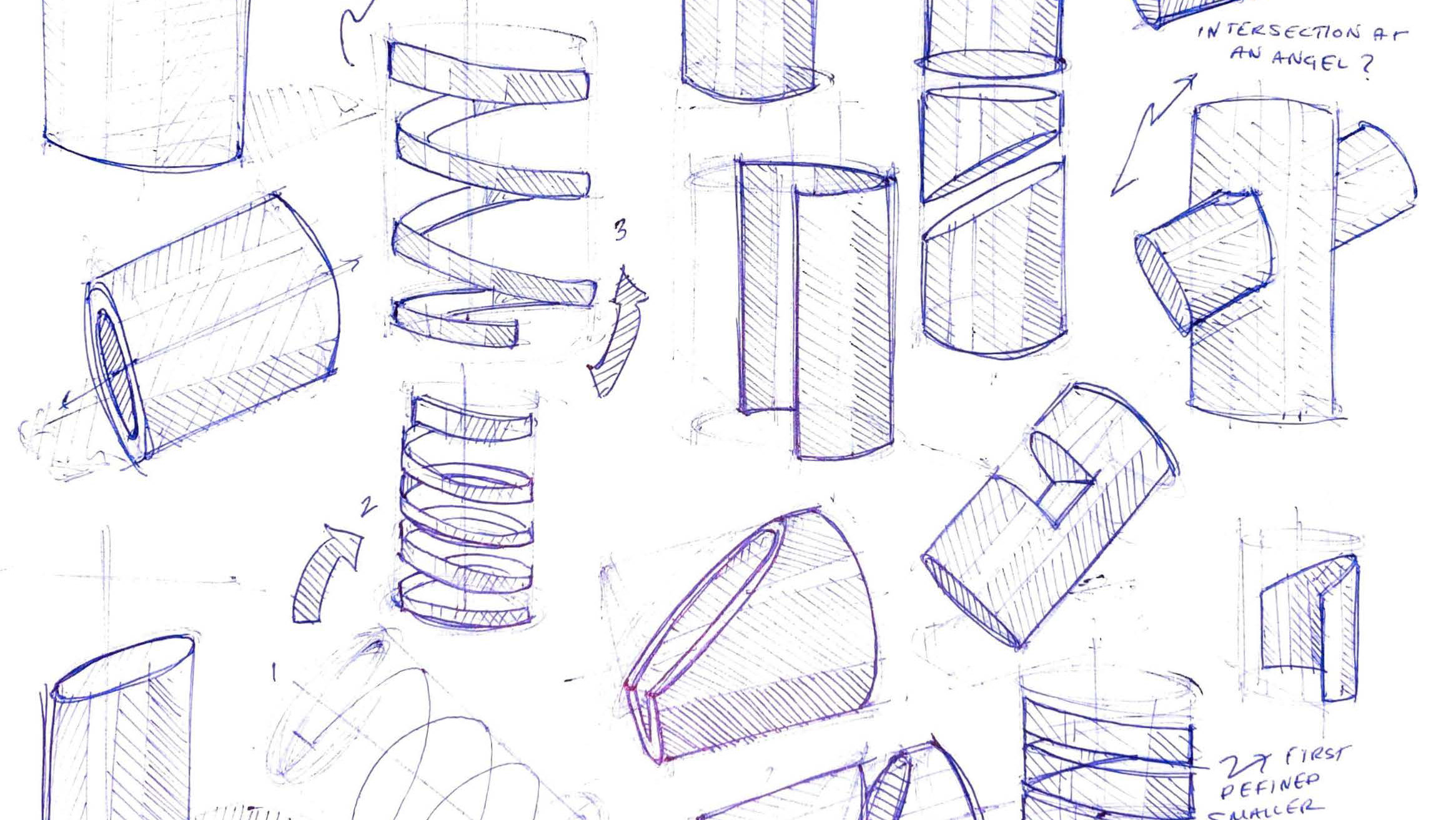Light, in its various forms, is used in practically every aspect of our lives - it is the pixels on our monitors, the energy for our food, in the lamps on our desks. Due to light's fundamentality, shaping it and its beauty through design can be both particularly challenging and particularly rewarding.
For this project, I chose to design in accordance with one of light's most powerful qualities - giving life. This ultimately resulted in a small, powerful, indoor microgreen-growing shelf, empowering users to bring light, life, and nutrients to their busy home lives.
Phase 1: Initial Ideation
Light can serve many, many purposes. This initial "dump" of ideas allowed me to choose which direction to move the project forward in. "Giving life" became the ultimate driving purpose behind the project.




Phase 3: Market Research
According to Allied Market Research, the global microgreen market is growing rapidly, and there currently exists a gap in the market between the cheapest and most expensive at home microgreen growing options.



Phase 4: Needs Mindmap
After deciding this light would be in the kitchen, it was necessary to define the needs of both microgreens and the consumer, to ensure these needs would be effectively synthesized in the final design. Many factors - such as the limited real estate in kitchens and the harvest cycle of microgreens - were revealed in the stage, greatly informing the next phases of the design process and the final design itself.
Phase 5: Initial Concepts
Ultimately, it was decided to move forward with concept 3. Although it differs greatly from the final concept model, the dominant form in this sketch was the most appealing, visually impactful, and consistent.





Phase 6: Initial Model
This model allowed for many design insights. Most importantly, the size became a clear issue. The size, based on commercially available, standard planting trays. Although this would be convenient for the user, it would protrude too far off of the wall as a shelf and take up too much kitchen real estate as an appliance. The texture break on the semicircles did inspire a texture break in the final design. The final texture break, however, was created through a different wood, rather than ridges, facilitating easier cleaning.
Phase 7: Final Concept
Informed by fabrication limitations and the design insights found through the initial model, the final model's design was generated.
Phase 8: Final Model Fabrication
Based on the final model's concept design, fabrication plans were generated and the final design came together.




Phase 9: Final Model and Testing
Ultimately, this design achieved its purpose of "giving life through light" both beautifully and practically. The final design is small and accessible, allowing anyone to easily and aesthetically grow microgreens at home.






